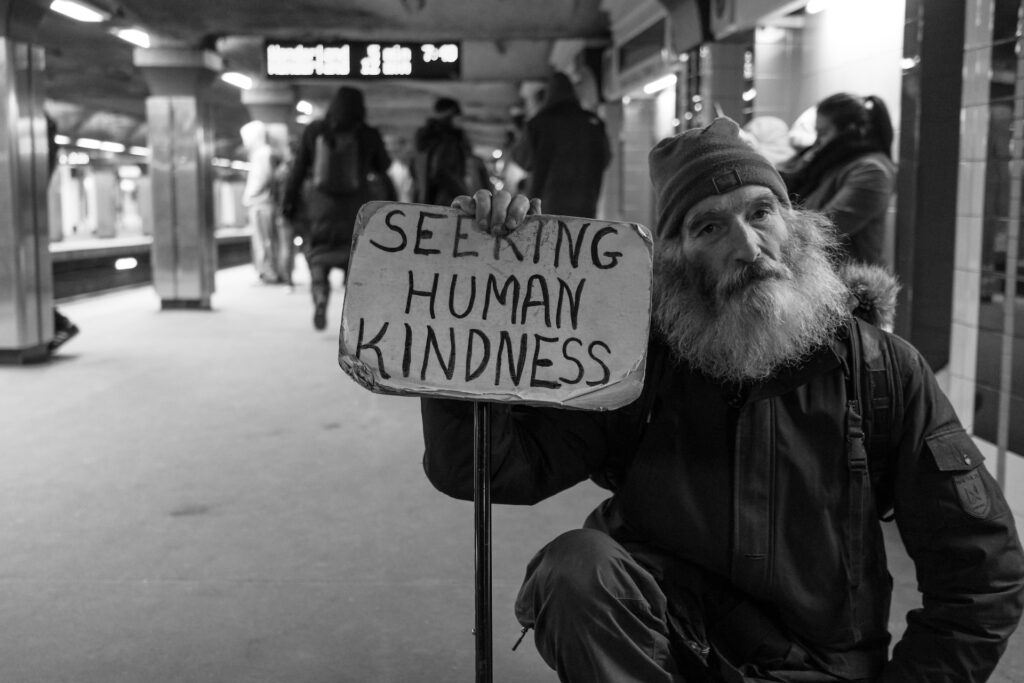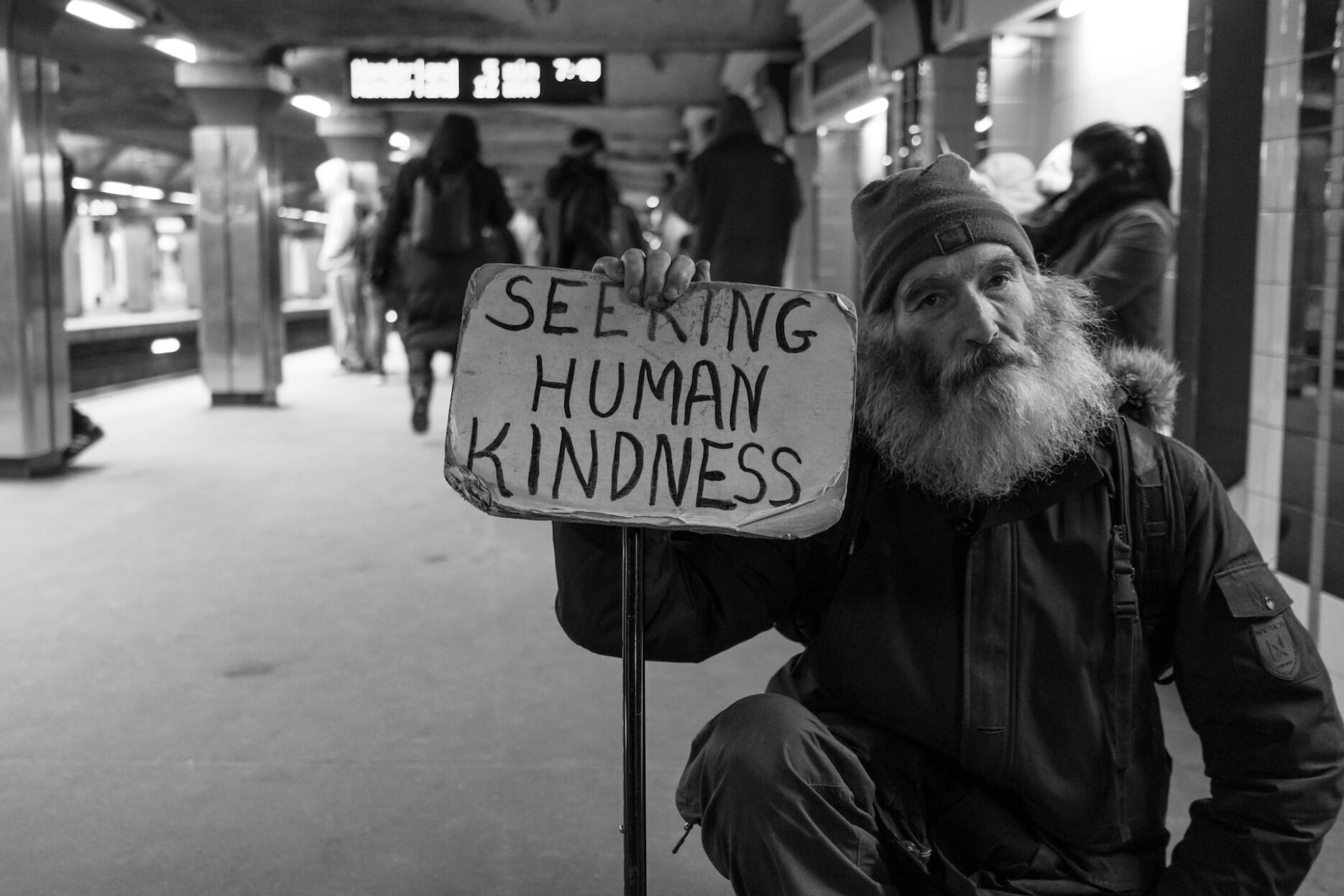
Photo Courtsey: Matt Collamer on Unsplash Photo
Nonprofits are struggling to meet the demands of an increase in people living on the streets, leaving families and individuals out on the streets without the proper shelter and resources.
“We can’t keep up; we do our best, but we can’t go fast enough,” Carrie Sauer, director of development at Homeless Alliance, said. “There just aren’t enough affordable housing options for rent, and even when clients have the help, that still isn’t enough.”
Homelessness is defined as a person or family who lacks a fixed or regular residence. This may be because they have lost their primary residence, are fleeing domestic violence with no other residence, or are without resources and support networks to secure one. Point in Time, a one-day census required by The United States Department of Housing and Urban Development, counts for sheltered and unsheltered men and women experiencing homelessness. In 2022, 1,339 “countable” people were recorded on the night of Oklahoma City’s Point In Time survey. No survey was taken in 2021 due to the pandemic. While the intention is to provide a snapshot for a period over time, it doesn’t account for the daily growth of this population and those who were not counted at the designated locations.
“To qualify for funding from HUD, we have to take part in this survey, and by doing this, we are bringing in millions of dollars for Oklahoma City and all the programs, not just for us,” Sauer said.
Limited funding and the growing number of barriers around addressing homelessness leave not only non-profits like The Homeless Alliance but also organizations like Positive Tomorrows. Positive Tomorrow’s mission is partnering with families experiencing homelessness to educate their children and create pathways to success.
“Every family is different; nobody has the exact same story, so we work with our families to see what is in the way of getting into sustainable housing,” Margaret Creighton, president and CEO of Positive Tomorrows, said. “But we are still turning away clients and students all the time from our programs.”
Also seeing a growth in numbers is the Curbside Chronicle, a program within the Homeless Alliance. The Curbside Chronicle is Oklahoma’s street paper, created with the purpose to provide both a voice and employment opportunities for people who are experiencing and at risk of homelessness. Not only does the Curbside work to create these opportunities, but it also works to break down the stigma surrounding homelessness. With more of the homeless population becoming clients, the vendor coordinators need bigger classroom capacities to train new vendors. Holding orientations with a maximum capacity of 5 clients is no longer accommodating the growing number of vendors who are homeless.
“We have a capacity of five people per orientation and have to turn away clients and tell them to come back at the next orientation time,” Maise Cully, vendor coordinator at Curbside Chronicle, said.
With more funding on the way, a new branch of the Oklahoma City Metropolitan Area Projects, better known as MAPS, has been rolled out. MAPS started in 1993, created to be Oklahoma City’s visionary capital improvement program for new and upgraded sports, recreation, entertainment, cultural, and convention facilities. It is a one-cent sales tax that will raise $1.1 billion over eight years. As part of MAPS4, the city has a homelessness project centered on “Housing First” principles. It is anticipated to help families and individuals needing assistance with affordable housing. With a budget of $55.7 million, the city calls it a recovery-oriented approach to ending homelessness.
“It sounds maybe like a dream, but our mission is to rally the community to end homelessness in Oklahoma City,” Carrie Sauer, director of development at Homeless Alliance, said. “I feel like there is no reason people should be sleeping outside.”
If you would like to help out organizations like Homeless Alliance, Curbside Chronicle, and Positive Tomorrows. You can make monetary donations and also donate clothing items to help those in need.
This story was completed in my capacity as a student journalist for a class in December 2022 . I intended for this to reach those who are passionate about ending homelessness but also to inform any reader about the homelessness problem in Oklahoma.





Comments by Hannah Lee